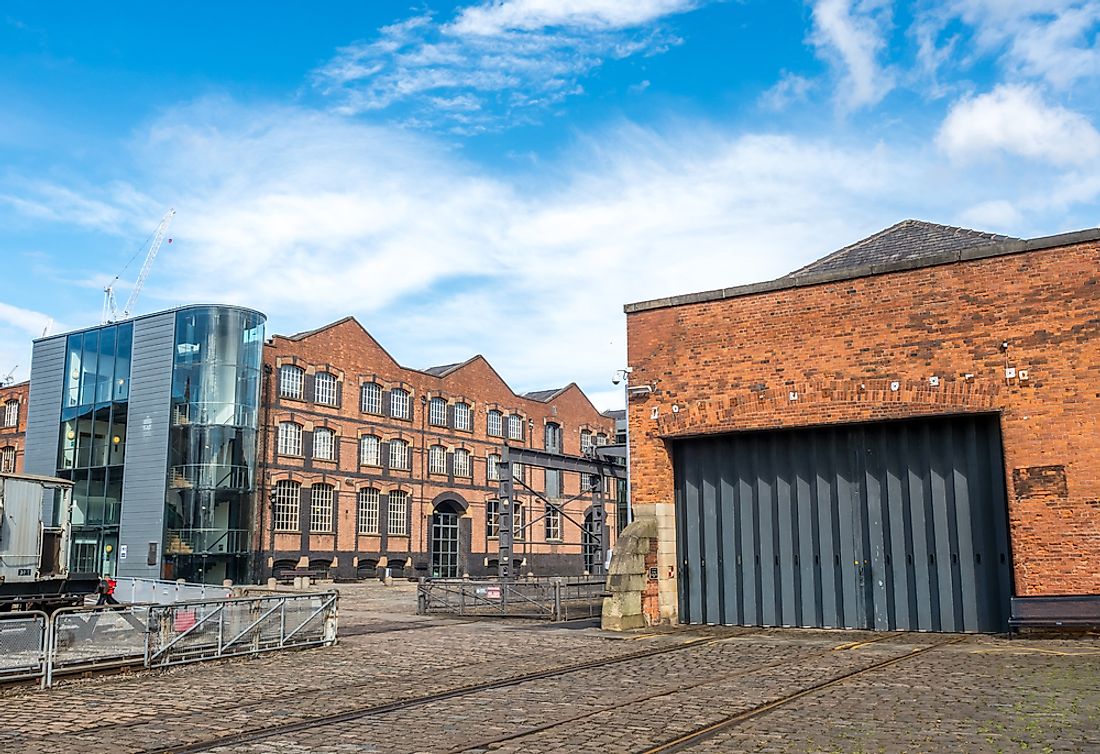Where is the World's Oldest Train Station?

The world’s oldest railway station is the Liverpool Road Railway station located in Manchester, United Kingdom. Built in 1830, it is one of the few surviving mainline stations in the world. The station served as a terminus for the first inter-city passenger railway between Liverpool and Manchester. All transportation services were hauled by steam locomotives following a timetable. On the 4th of May, 1844, the railway station ceased to be a passenger terminus and instead transported goods. The line was extended from the city of Manchester to Leeds.
Operation of Passenger Services
The railway specialized in carrying first class and second class passengers only, with booking halls and waiting rooms for each class. The railway station was located some distance from the city of Manchester and passengers had to purchase a ticket from an agent in the city, before they could be taken to the station using horse omnibuses. The passengers went then went to the booking hall where a clerk would exchange their tickets for a counterfoil. Passengers then proceeded to the waiting room before they could board the train. A station bell rang to announce that the passengers could proceed to the railway platform while a train guard’s horn or trumpet was the actual signal for warning of departure. The original bell used in the station is still on display in the station building.
Turning into a Goods Yard
The Liverpool and Manchester line closed to passenger services in 1844 with the extension from Ordsall Lane to Hunt’s Bank. This provided an opportunity to the Victoria Station where all passenger services were transferred to. Liverpool Road became a goods yard under the stewardship of the London and North Western Railway. The construction of an iron viaduct provided a direct link to Byrom Street Warehouse for easier access to commodities. Another viaduct was connected to Grape Street Warehouse. The goods yard remained in operation from 1923 to 1948, with the Great Western Railways locomotives also working their goods to Liverpool Road. The nationalization of the railway station in the UK happened in 1948, and consequently, the railway’s goods complex was taken over by the British Railways.
Closure of the Station
In 1975, the British rail abandoned the station and warehouses, including the Grape Street Warehouse which was then bought by Granada Television for use in their production. The historic warehouses and the station building became an integral part of the Museum of Science and Industry, located in Castlefield Urban Heritage Park.
Network Rail Plans
The Liverpool Road Railway serves as an important symbol of heritage. However, plans to build a 3600-foot viaduct above it threatens the historic value of the railway. Plans by Network Rail to build the viaduct is part of a larger modernization scheme for the Northern Hub. This will have a positive effect on northern England and the surrounding regions as the economy will be boosted and the public will have fast and easier access to the surrounding areas as well. However, the viaduct construction will necessitate the removal of valued historic structures.











